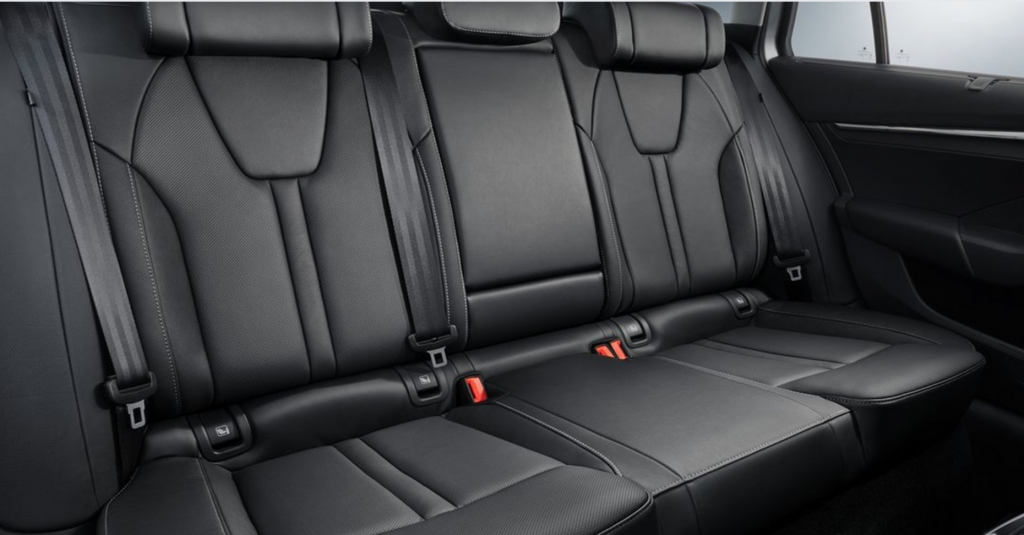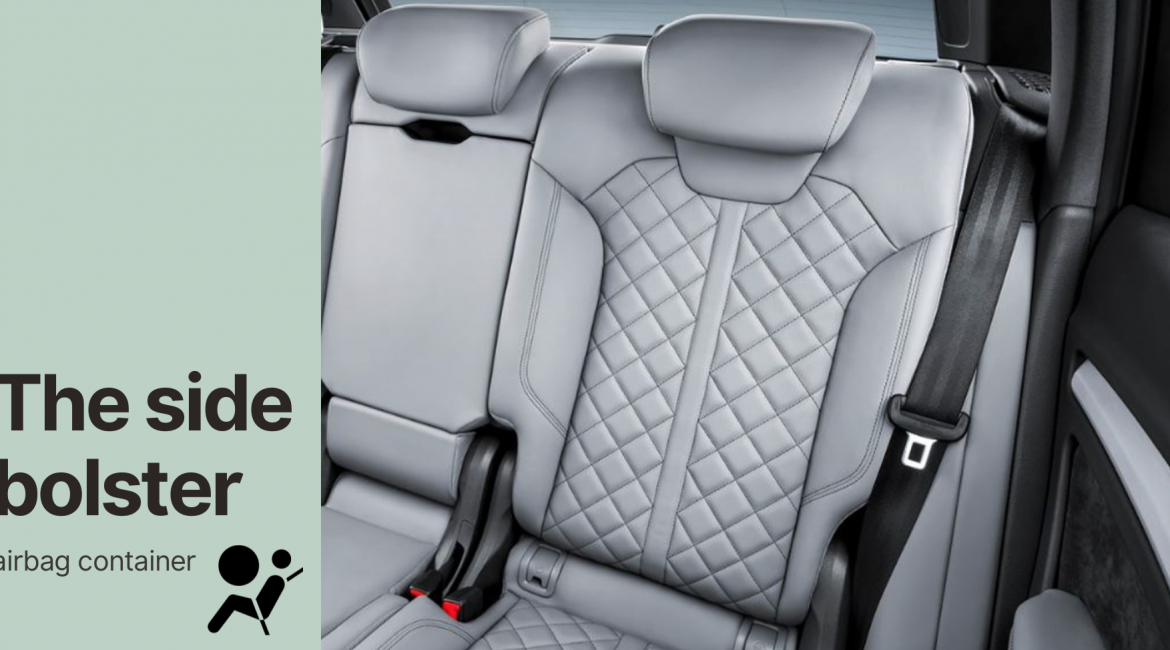First article on italian newspaper-the floatable ballon
On August 31st, 1990, an interesting article was issued in one of the most famous trade magazines “Corriere Motori”. For the first time, an innovation known as the”floatable balloon”, more accurately called Airbag. This device was at the time cause of heated debates. It represented a new component to be introduced in the car module as a safety element. The reporter, Giuliano Mangano, analysed the extent to which this piece of innovation was largely diffused and known in other European countries at that time but not yet in Italy.
A new safety device
The author tried to delve into the history of this peculiar piece of innovation. The first trials were conducted almost 50 years before the time in which the article was published. It was specifically during the ‘50s that Allen K. Breed finalized a sensor able to blow instantaneously as a sort of lifesaving pillow. The activation of this mechanism was directly related to a sudden crush and a strong deceleration of the vehicle.
The airbag was firstly integrated in vehicles during the ‘60s exclusively in the United States. After a period of trial, the mechanism was then adopted also in some German companies including Mercedes, BMW, and Audi.
As the author stated in the article, this safety element represented at that time the most advanced innovation in terms of passengers’ safety, together with the safety belts. An open question mark relied on their role in side-on-collisions, an argument that we will be getting in to details in this article.

In a second related paragraph, the author exposed the main reason that limited the airbag’s full application in our country. Despite the remarkable performance of our national automotive industry, the introduction in the vehicle system of this component was prohibited by law.
Our industry was ranked fifth in the world in 1989, the production accounted for more than 2 million vehicles, of which 1.365 million were sold in Italy. The reason behind the law constraint was given to the pyrotechnic component that was included in the airbag module. Following the indications in the article 55 of “Testo unico” for public safety rules, it was strictly forbidden to sell or cede pyrotechnic materials of all kinds to individuals not endowed with the gun or weapon license.
Uncertainty was dominating the scene and the article 55 threatened and stopped several automakers to commercialize such elements, including the iconic brand Fiat. Other legislative obstacles were worrying other companies. In particular, there were two legislations that were part of law 110, number 18 and 28 of April 1975, that were setting further impediments to the full application of the airbag.
As a result, other major OEMs including Fiat, Lancia, Alfa, Audi, together with “Unrae” (the union of Italian import distributors of foreign brand cars) and one of the most important safety systems manufacturers in Italy, collectively reported their worries about the lack of a stable and certain framework of regulations about the commercialization of the airbag.
As a result, some automakers, including Mercedes and Volvo, started to take decisions on their own, and introduced, even if in a still limited scale, the airbag in their vehicles’ offering. The uncertainty regarding the legislation was then challenged by these companies.
In the end, it was only in March 1989 that as a consequence of a communication made by the Ministry of the Interior, a first clear direction was finally published on the “Official Gazette”. The pyrotechnic composition of the airbag was then recognized, conditional on the case that the component should always had to be imported without any further tampering.
SAFETY ELEMENTS PRODUCED IN CLPERPREM
The history of our Company finds in this article a relatedness to our Country that couldn’t be more relevant than this. Clerprem is committed to the production of “Sidebolster”, a component that covers the airbag positioned on rear seats, more precisely on the left and right side.
The final outcome is given by a side fill that is then inserted into the passenger’s seat adjacent to the car door. Inside it contains the airbag that will activate in case the vehicle experiences dangerous side crush. The airbag will inflate and protect the passengers.
The first projects went into production in the first semester in 2019 and were commissioned by Skoda and Volkswagen. The production of these elements required an adequate preparation to settle a suitable and correct environment to comply with the rules and safety requirements.
A first adaptation was made with respect to the regulations on warehouse stock (to treat flammable and explosive materials). All productive designated workstations were equipped with all the required elements (such as safety measures, auxiliary materials, and specific flooring able to stop potential electrostatic discharges). Finally, the production management followed a similar transformation, a specific room was then installed in the production plant to execute regularly control investigations on the correct functioning and reliability of the product.
Airbag modules that are installed into the Sidebloster are imported. The details and the decisions with respect to which type of component to buy relies on the automaker. Clerprem is currently working with two European providers. Some of the most important producer at the international lever are ZF, iSi, Autoliv e Joyson Safety System.
The current production, as said before, is specialized on side passengers’ seats, however, there’s the possibility in the near future that the offering will be enlarged to other vehicle components.


